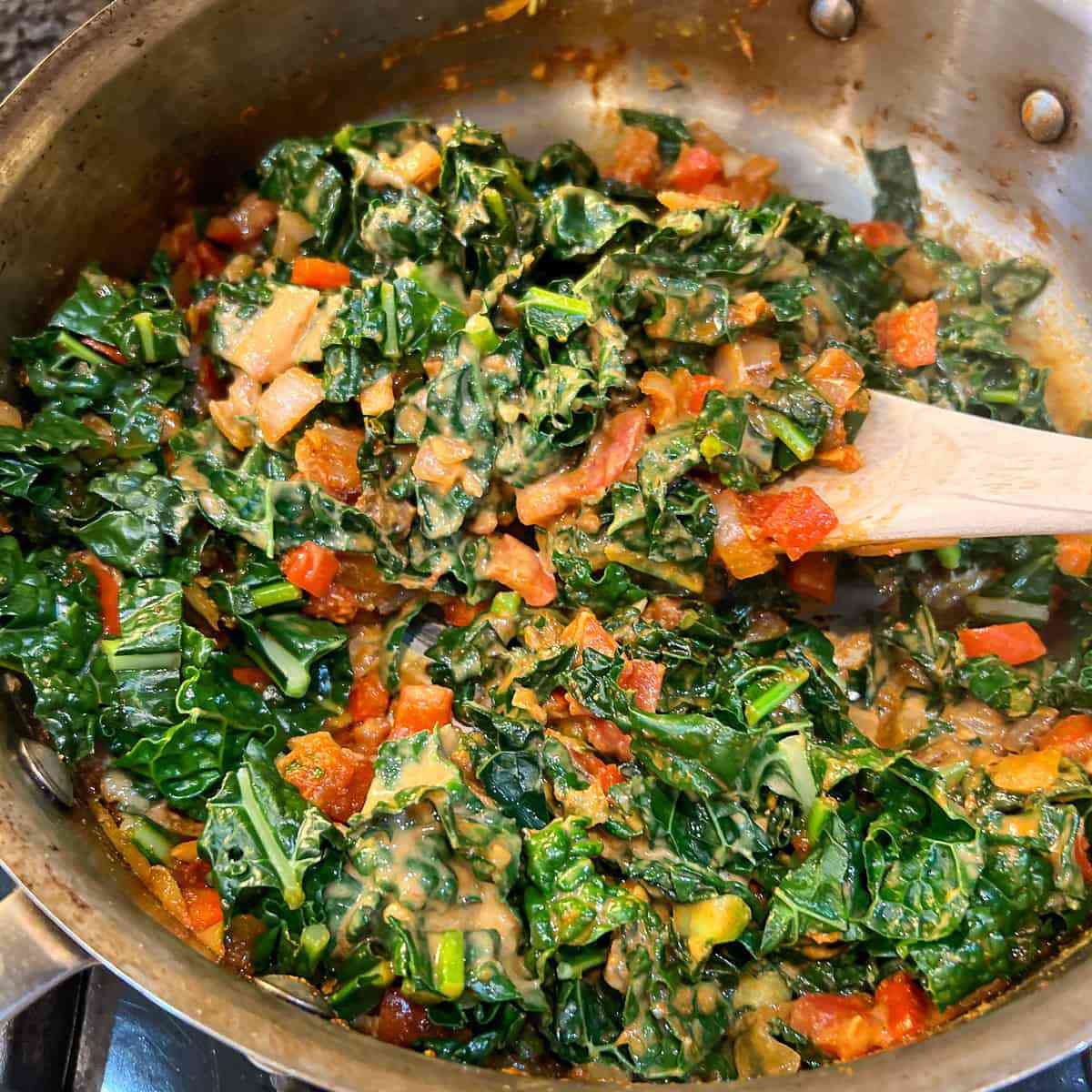
In recent years, the culinary landscape in Zimbabwe has undergone a remarkable transformation, marked by the increasing availability of gluten-free and lactose-friendly options in restaurants. This shift towards inclusivity not only addresses the dietary needs of individuals with specific restrictions but also reflects a broader commitment to diversity and innovation within the Zimbabwean dining scene.
Meeting dietary needs
Dietary restrictions due to gluten intolerance or lactose sensitivity can often pose challenges for individuals seeking to dine out.
Historically, such individuals have faced limited choices when eating at restaurants, leading to feelings of exclusion or compromise in their culinary experiences. However, the trend towards offering gluten-free and lactose-friendly options in Zimbabwean eateries is reshaping the dining landscape by providing a wider range of delicious and safe choices for these individuals.
A culinary transformation
Imagine stepping into a vibrant Zimbabwean restaurant in cities like Harare or Bulawayo and perusing a menu that prominently features gluten-free and lactose-friendly dishes. From traditional staples like sadza and muriwo prepared with alternative flours to contemporary creations such as gluten-free pasta and dairy-free desserts made with plant-based milks, the culinary offerings cater to diverse tastes and preferences.
Chefs and restaurateurs are embracing this trend by exploring innovative ingredient substitutions and cooking techniques to craft flavorful dishes that are not only dietary- compliant but also deeply satisfying.
Celebrating Zimbabwean cuisine
- Mavhunga puts DeMbare into Chibuku quarterfinals
- Bulls to charge into Zimbabwe gold stocks
- Ndiraya concerned as goals dry up
- Letters: How solar power is transforming African farms
Keep Reading
The integration of gluten-free and lactose-friendly options into restaurant menus represents an exciting opportunity to celebrate the rich tapestry of Zimbabwean cuisine. By incorporating these specialized offerings, restaurants are showcasing the bounty of local produce, traditional flavors, and cooking methods that define Zimbabwean gastronomy.
Previously inaccessible dishes are being
reimagined with a nod to heritage and a dash of contemporary flair, resulting in a harmonious blend of authenticity and creativity on the plate.
Fostering community food
At its core, dining out is a communal experience—a time for bonding with family and friends, commemorating milestones, and forging connections over shared meals. By expanding their menus to accommodate various dietary requirements, restaurants are reinforcing a sense of inclusivity and belonging within their establishments.
This inclusive approach to dining not only ensures that all patrons can participate in the joys of culinary exploration but also fosters a spirit of unity and understanding among diners from diverse backgrounds.
The art of adaptation
In a landscape marked by evolving consumer preferences and a heightened awareness of dietary needs, the ability to adapt and innovate is crucial for culinary success. The rise of gluten-free and lactose-friendly options in Zimbabwean restaurants underscores a broader shift towards accommodating individual preferences and promoting a culture of empathy and understanding.
It demonstrates the resilience and creativity of chefs and food establishments as they navigate the changing culinary terrain and cater to a more discerning and diverse clientele.
Navigating the culinary frontier
As Zimbabwean restaurants continue to embrace the inclusion of gluten-free and lactose-friendly options, they are not only reshaping the dining experience but also setting a precedent for a more inclusive and forward-thinking culinary landscape.
By championing diversity, innovation, and accessibility in their menus, these establishments are paving the way for a culinary journey that honors tradition while embracing new possibilities. Whether you have specific dietary needs or simply seek to explore the expanding array of culinary offerings, Zimbabwean restaurants offer a delightful and inclusive dining experience for all.
Through the introduction of gluten-free and lactose-friendly options, Zimbabwean restaurants are not only revolutionizing the culinary scene but also fostering a culture of inclusivity, creativity, and celebration of diversity. By embracing these changes and incorporating them into their menus, restaurants in Zimbabwe are not just serving food; they are nourishing connections, sparking joy, and shaping a dining experience that truly caters to all tastes and needs.
Lactose-friendly muriwo (vegetable stew)
Ingredients:
- 2 tablespoons vegetable oil
- 1 onion, finely chopped
- 2 tomatoes, chopped
- 1 cup spinach, washed and chopped
- 1 cup kale, washed and chopped
- Salt and pepper to taste
Instructions:
- Heat vegetable oil in a pan over medium heat.
- Add the chopped onion and sauté until translucent.
- Stir in the tomatoes and cook until they soften.
- Add the spinach and kale, and cook until the greens wilt.
- Season with salt and pepper to taste.
- Serve hot as a nutritious side dish.
Gluten-free peanut butter pasta
Ingredients:
- 250g gluten-free pasta
- 1/2 cup peanut butter
- 1/4 cup vegetable broth
- 1 garlic clove, minced
- Crushed red pepper flakes (optional)
- Chopped fresh parsley for garnish
Instructions:
- Cook pasta according to package instructions. Drain and set aside.
- In a saucepan, combine peanut butter, vegetable broth, garlic, and red pepper flakes (if using). Heat over low heat, stirring until well combined.
- Add the cooked pasta to the sauce and toss to coat evenly.
- Serve hot, garnished with chopped parsley.
Embracing these gluten-free and lactose-friendly recipes not only expands your culinary repertoire but also celebrates the diverse flavors and ingredients of Zimbabwean cuisine. Whether you have specific dietary needs or simply wish to explore new tastes, these dishes offer a delicious and inclusive dining experience that honors tradition while embracing innovation.
Enjoy the flavors of Zimbabwe with these delectable recipes that cater to all tastes and dietary preferences.
- Muzamhindo is a young chef with seven years’ experience in a professional kitchen and has enjoyed the concept of food since the tender age of two. She studied at the South African Chefs Academy in Cape Town and the Culinary Arts Academy in Zimbabwe to become a level three advanced chef. Her specialties range from indigenous ingredients to fine dining, gourmet food, food health and safety and food research and development. — [email protected].











